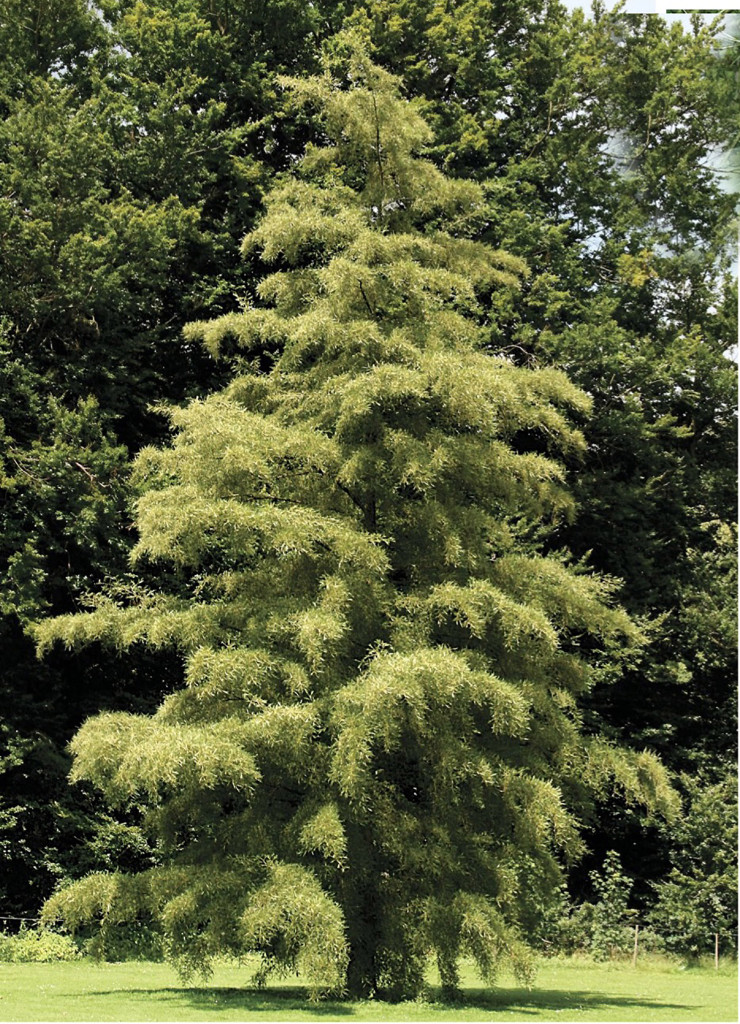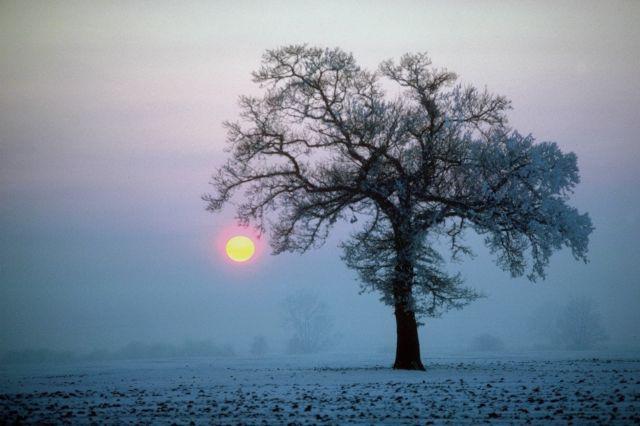
Arbor Day Celebration for The Earth.
“To exist as a nation, to prosper as a state, and to live as a people, we must have trees”
…Theodore Roosevelt.

April is the month that gardeners consider perhaps the ‘cruelest” to evoke an oft-repeated sentiment. We get teased with sunny, milder days and our spirits soar as we dig in the dirt and observe the emerging growth of perennials and the swelling buds on trees and then we cringe as the next stretch of cold rainy weather sends us indoors again. However fickle she is, April gives us the opportunity to commemorate two special dates as we plan our garden activities; Earth Day on the 22nd and Arbor Day on the 24th.

Why not combine these commemorative dates to honor our reverence for the earth by also planting tree?What better way to say thank you and contribute to the beauty of our world?
Before setting out to your local garden center or nursery to pick out that ‘perfect ‘ tree do your homework. Here are some helpful suggestions and resources to aid in your selection. Take a minute to read about all the benefits of trees here. (National Arbor Day Foundation ).
Last year I created a Keynote presentation for the Centerville Library to discuss the topic shown here.

Evaluate the size of your property and whether your selection is appropriate. ( most of us do not have the space for a European Beech or English Oak! ).
Avoid planting too close to the house as trees can be a hazard during storms and can also impact the longevity of your siding and roof.
Avoid trees that have vigorous fibrous root systems and heavy canopies, as when mature, other plants will not compete and thrive under them.
Consider the purpose of the tree; i.e. for filtered shade on a hot day, ornamental features, winter interest, privacy screening, etc.
Know the cultural requirements for your tree as to soil type, hardiness for our zone, ( see last month’s post ), disease and pest resistance, light requirements and siting ( are you on the ocean? or have a lot of wind? ).
What size tree to start with? Can you handle the planting alone or is heavier equipment required? ( trees are priced according to the caliper of trunk approximately 18” from top of the root ball. A 2” or more caliper is a fairly heavy tree and to avoid injury to you and damage to the tree you should consider professional help for installation. )
Do ask for advice at your nursery. These people are valuable allies in helping with your selection.
Here are some of my favorite small ornamental deciduous trees that are “Happy Campers” on Cape Cod. This list is by no means all-inclusive but all have interesting foliage, flowers, bark, and branching habit and are well-suited to our smaller properties.
Cornus kousa, Chinese dogwood
Stewartia pseudocamelia ( sorry no common name )
Styrax japonica, Japanese Snowbell
Acer rubrum, Swamp maple
Acer griseum, paperbark maple
Acer palmatum ‘Sangokaku’, Coral Bark Japanese Maple
Acer palmatum ‘Katsura’ Japanese maple Katsura
Malus sargentii, Sargent Crabapple
Prunus cerasifera, Purple Leaf Plum
Magnolia grandiflora ‘Little Gem’
A word about watering: Until new roots grow into the soil of the planting site, your tree will be dependent on the water that is held in the original root ball area. Especially if you are planting in late spring or summer it is critical that this root ball area does not dry out. In areas with clay soils, the surrounding soil will pull moisture out of the porous soil mix the tree is potted in, so your tree may dry out much more quickly than you expect. Check and, if needed, water your new tree right at the root ball every few days for the first several weeks during the growing season. The soil around the rootball should remain moist though not saturated. Within several months, when sufficient numbers of roots have grown into the loosened, mulched soil surrounding the rootball, you can direct your irrigation to that area. If you plant in fall or winter, you will probably need to water your new tree every two to four weeks during its first summer, more often in especially hot periods. If your tree is planted in spring or later, you may need to water as often as once a week throughout the first summer. When irrigating, apply enough water to thoroughly wet the root zone to a depth of at least a foot, but don’t water so often that the soil stays waterlogged.
A newly planted tree may take 1-2 years to become established. Larger container stock trees may take longer to become established than smaller stock. vavaville tree foundation.com
Until new roots grow into the soil of the planting site, your tree will be dependent on the water that is held in the original root ball area. Especially if you are planting in late spring or summer it is critical that this root ball area does not dry out. In areas with clay soils, the surrounding soil will pull moisture out of the porous soil mix the tree is potted in, so your tree may dry out much more quickly than you expect. Check and, if needed, water your new tree right at the root ball every few days for the first several weeks during the growing season. The soil around the rootball should remain moist though not saturated. Within several months, when sufficient numbers of roots have grown into the loosened, mulched soil surrounding the rootball, you can direct your irrigation to that area. If you plant in fall or winter, you will probably need to water your new tree every two to four weeks during its first summer, more often in especially hot periods. If your tree is planted in spring or later, you may need to water as often as once a week throughout the first summer. When irrigating, apply enough water to thoroughly wet the root zone to a depth of at least a foot, but don’t water so often that the soil stays waterlogged.
A newly planted tree may take 1-2 years to become established. Larger container stock trees may take longer to become established than smaller stock. (Vacaville Tree Foundation)
Of all the joys of gardening, nothing beats the excitement of picking out and planting a new tree. Aside from your own personal satisfaction, you will have the bonus of knowing you are celebrating the richness of our natural world and your contribution to it by giving the gift of a tree.
Inspirational Reading_The Hidden Life of Trees by Peter Wohlebien and Tree, A Life Story by David Suzuki.
TREES
by: Joyce Kilmer (1886-1918)
I THINK that I shall never see
A poem lovely as a tree.
A tree whose hungry mouth is prest
Against the earth’s sweet flowing breast;
A tree that looks at God all day,
And lifts her leafy arms to pray;
A tree that may in Summer wear
A nest of robins in her hair;
Upon whose bosom snow has lain;
Who intimately lives with rain.
Poems are made by fools like me,
But only God can make a tree.

